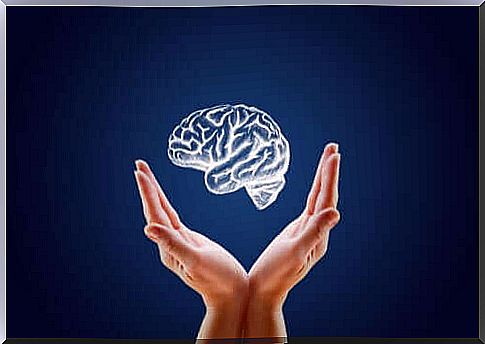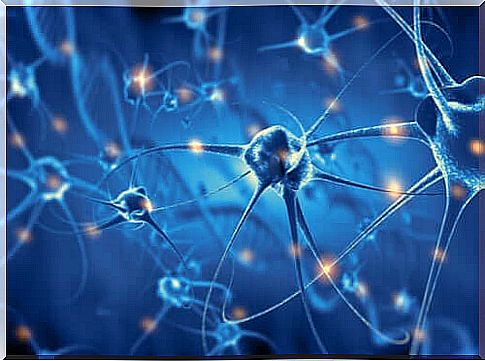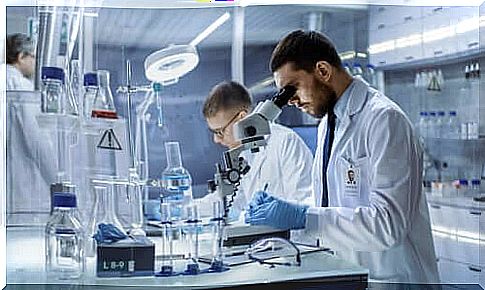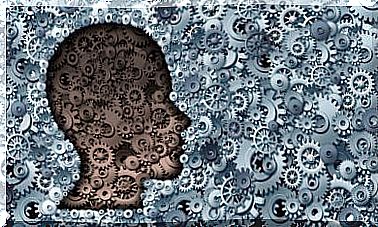Lab-created Minibrains: The Beginning Of Human Cloning?

In early 2019, the brains of a group of pigs were revived in a laboratory. The news made an impact because of what this advance implies. A few months later, it was announced that a group of scientists had managed to give life to some mini-brains created in the laboratory. It is clear that we are moving into a new era in biotechnology.
The fact that there are mini-brains created in the laboratory has generated a very heated ethical debate. After all, based on what we currently know, we could say that a human being is basically his brain, and it’s not clear how far scientists will go on their journey to experiment with life. Due to the implications this has, it has been suggested that this discovery could signify the beginning of human cloning.
According to what was reported by the scientific journal Cell Press , the mini-brains created in the laboratory are the size of a pea and produce brain waves similar to those generated by the brain of a premature baby. The medium-term goal is to create ever more sophisticated neural networks.

The mini-brains created in the laboratory
The laboratory-created minibrains were developed by a scientific team at the University of California. The news was released in August 2019. What experts did was create organoids, whose cellular structures are similar to those of the human brain.
Minibrains are a million times smaller than the human brain. They developed from – cells pluripotent stem. They were placed in an environment that mimics that of the brain, and this caused them to differentiate, transform and self-organize in the same way they would a brain.
In the past, we had already made advances in this direction, but until now it had not been possible to produce organoids that would develop networks of neurons, as it happens in human beings. So this is an unprecedented advance.
Some details of the process
The scientists’ first move was to create an optimized environment for stem cell cultivation. As a result, organoids matured longer and better than in previous experiments. The process took a total of 10 months; during this period, meticulous monitoring was carried out with multielectrodes that recorded neuronal activity.
Just two months after starting the process, scientists began detecting brain wave pulses in organoids. Although they produced no continuous but sporadic signals, it was clear that the waves had the same frequency as human brains in their early stages of formation.
As organoids grew, wave production became increasingly diversified and regular. This indicated that gradually more structured neural connections were developing. These waves and frequencies are similar to those recorded in the brains of 36 premature babies, whose data had already been taken as a reference point.

Uses and implications
Researchers believe that organoids are unlikely to have actual mental activity. They claim it’s a very rudimentary model, which is why it’s incapable of performing most of the activities of a real brain. However, they do not exclude the possibility that, in the future, it will be possible to obtain more complex organoids.
The research team said that mini-brains created in the laboratory could be an excellent starting point for further studying the functioning of neural networks. They believe that, in the future, this could provide clues to better understand and treat some diseases, such as epilepsy, autism and schizophrenia, among others.
Despite all this, experiments in this regard have caused a great deal of controversy since their inception in 2013. For some experts, the fact that they give rise to neurogenesis processes and the development of neural circuits, in practice, provides physical support for development of conscience. Therefore, it cannot be ruled out that these minibrains, at some point, may be able to perform more complex functions.
But at the moment this is not possible, as a disembodied brain also lacks senses and therefore cannot perceive stimuli which later become data to be processed. Some, however, warn that there may be surprises in this dangerous process. In addition, we are getting closer and closer to cloning human beings. Without a doubt, we travel through fascinating and unknown terrain.









